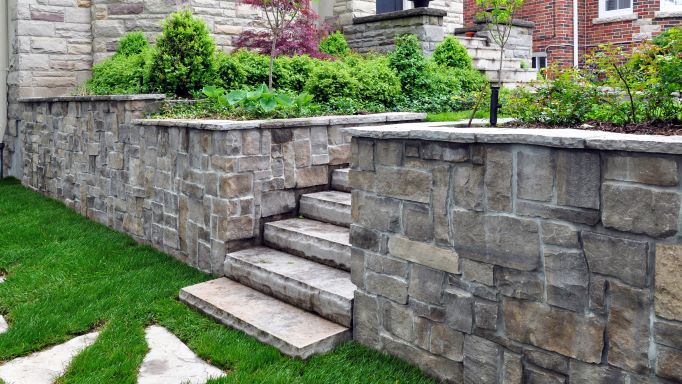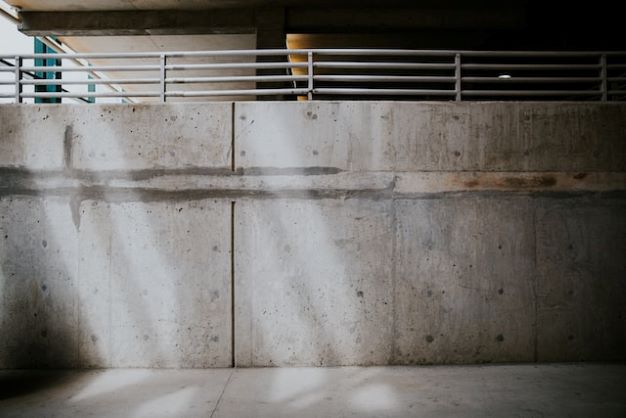When it comes to commercial construction, there are several different ways to incorporate retaining walls into your project. A retaining wall is a construction material that primarily functions to hold back soil, sand, or other materials that might otherwise erode or slide away. They are constructed to resist the pressure formed by the material and keep it contained.
There are many retaining wall types, each with its purpose and benefits.
Concrete reinforced retaining wall
A concrete reinforced soil retaining wall is the most common type used in commercial construction projects. It is made of concrete and steel reinforcement bars and supports heavy loads. The concrete reinforced retaining wall is strong and durable, making it ideal for use in areas with a lot of foot traffic or vehicle traffic.
Anchored retaining wall
Anchored retaining walls are created by attaching cables or rods to the retaining wall. The anchors are usually steel, driven into the ground, or attached to the wall. The anchors help to stabilise the retaining wall and prevent it from moving. Anchored retaining walls are commonly used in earthquake-prone areas as they can help to prevent the retaining wall from collapsing during an earthquake.
Gravity retaining wall
Gravity retaining walls depend on the materials’ total weight to provide stability. The most common materials used in gravity retaining walls are concrete, stone, or brick. Gravity walls are usually designed to be taller than they are wide, with a sloped back face that helps to resist the force of the soil behind it. In some cases, reinforcement may be added to the wall to increase its strength further. A gravity retaining wall is ideal in commercial landscape design, as it can help to create level spaces on sloped properties.
Piling retaining wall
A piling retaining wall is installed by driving long, thin piles into the ground. The piles are usually made of steel, concrete, or wood and are driven into the ground using a pile driver. Once the piles are in place, they are typically connected using horizontal beams or cables. Piling retaining walls are often used to support buildings or other structures on sloped terrain. They can also be used to create terraced gardens or to protect against soil erosion. Piling retaining walls are typically more expensive than other retaining wall types, but they are highly efficient when built in problematic areas.
Soil-nailed retaining wall
Soil-nailed retaining walls are walls created by inserting steel rods or nails into the soil behind the wall. The rods or nails help to stabilise the soil and prevent it from eroding. Soil-nailed walls are often used in properties with a risk of landslides, as they can help prevent the ground from sliding down the slope. They are also often used to create retaining walls in urban areas where space is limited. Soil-nailed walls are typically made from concrete but can also be made from wood or other materials.
Final thoughts
All these retaining walls serve different purposes, so choosing the right type of retaining wall for a commercial construction project is essential. If you are unsure which type of retaining wall is right for you, consult a professional engineer or landscape architect.


